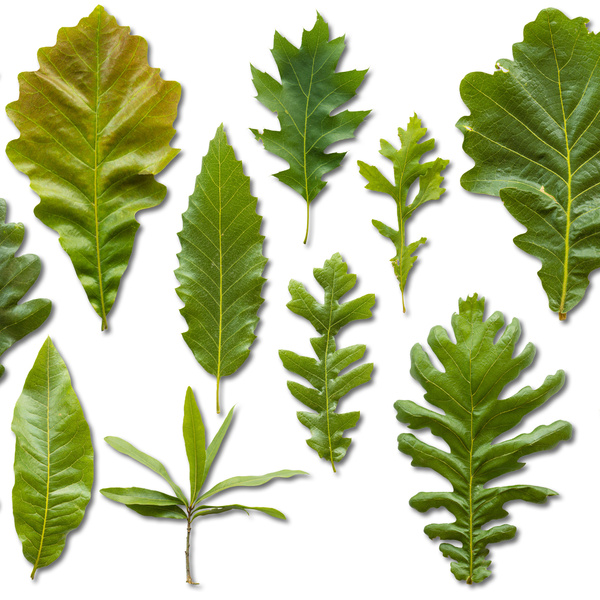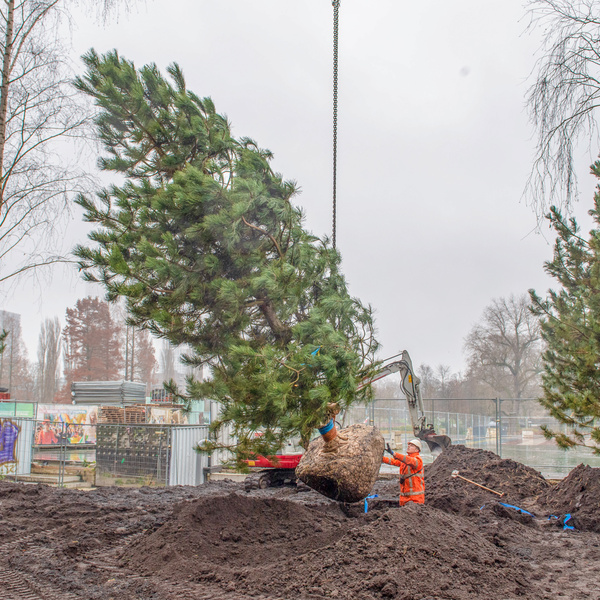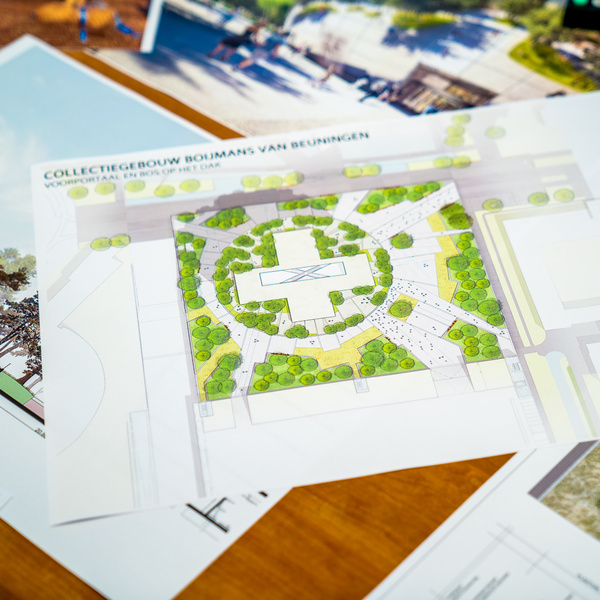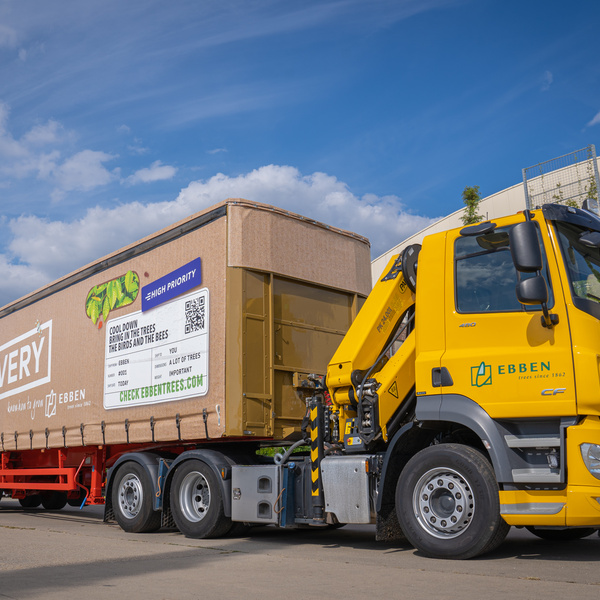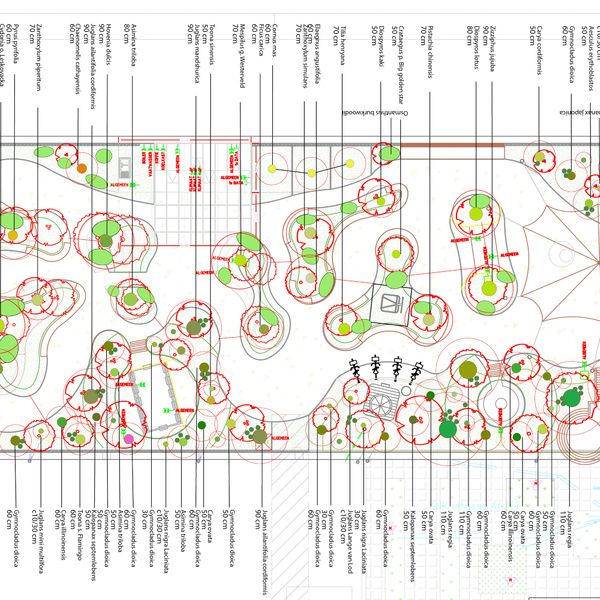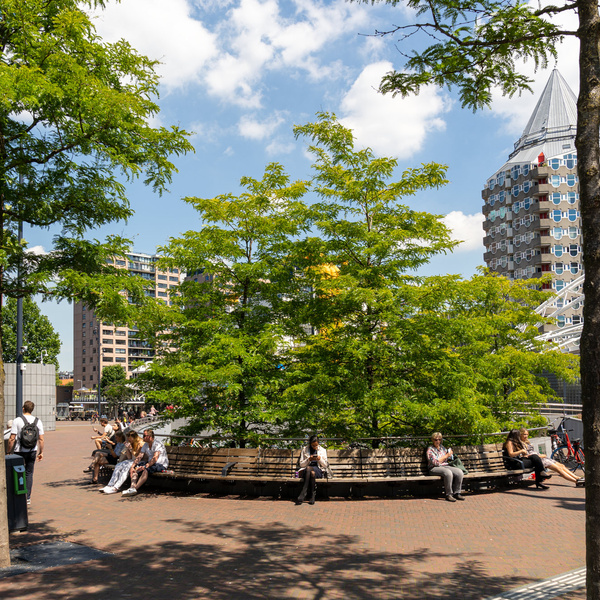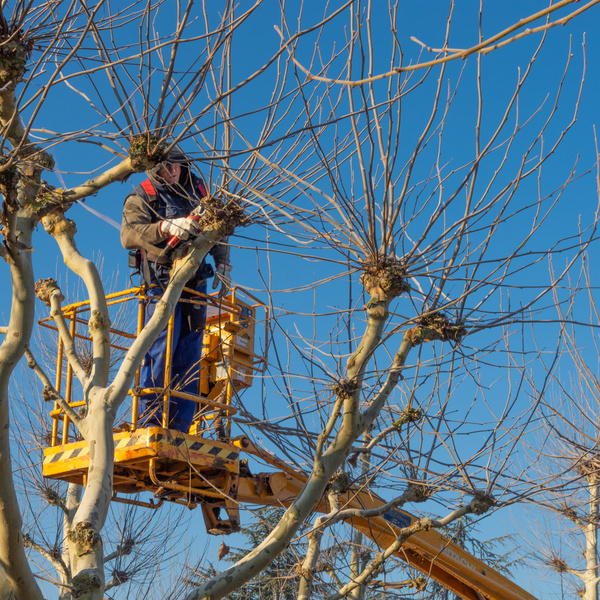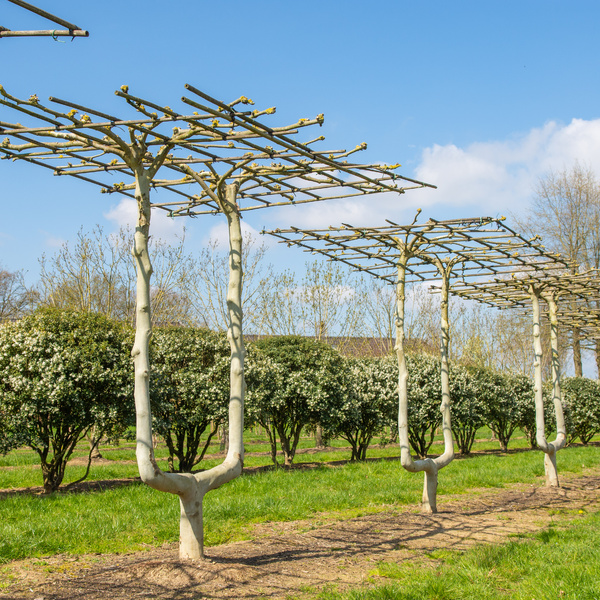Academy
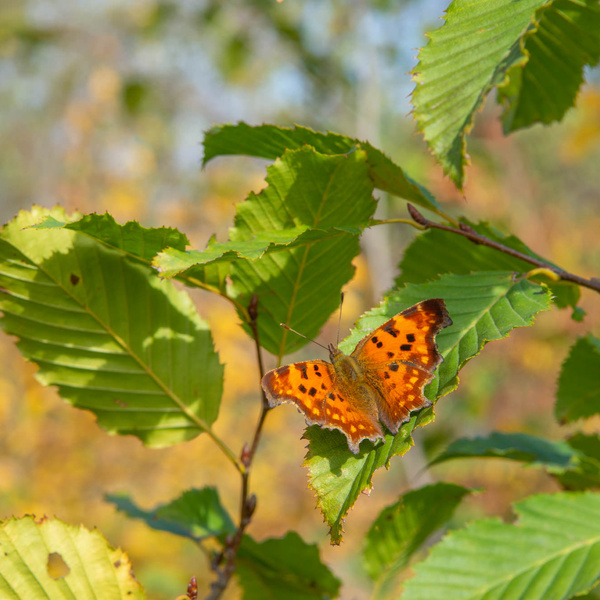
Trees and ecology
Through evaporation, trees create increased humidity and help to reduce temperature and CO₂. In towns and cities, along motorways and in industrial areas, trees also ensure better air quality. Trees help in the absorption of harmful pollutants, such as VOCs, ozone, nitrogen dioxide and particulate matter.
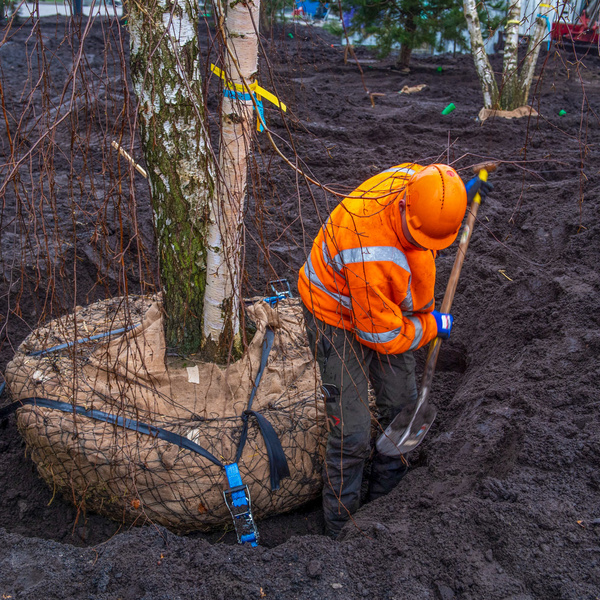
Planting-hole preparation and soil improvement
A planting hole should be dug carefully. The space which the tree gets in the planting hole is not the same as the space taken up by the root system. In addition, soil improvement is often necessary before trees are planted in urban areas. This can be done by turning over the soil, preparing the planting location with tree sand or tree gravel, or improving it with fungal dominated humus compost.
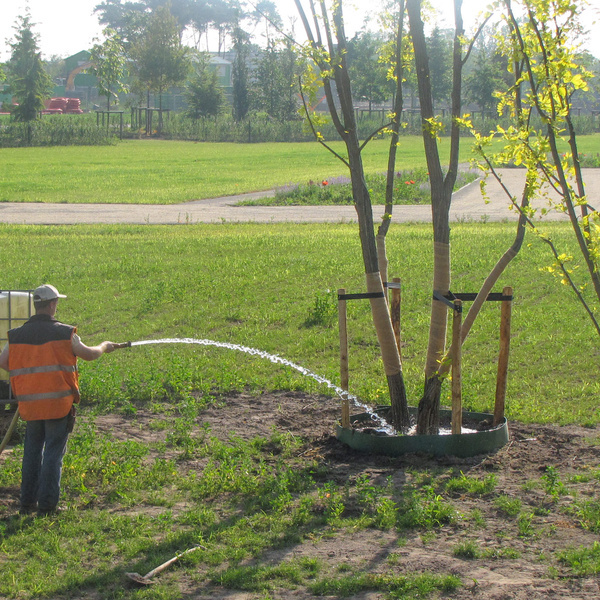
Caring for trees after planting
Trees require care, particularly during the first years after planting. The first pruning is important to optimise the root-to-crown ratio. During dry periods, the tree will not yet be able to find enough water itself, so watering is also indispensable during the first three years. And just like in natural situations, the tree needs nutrients to grow.
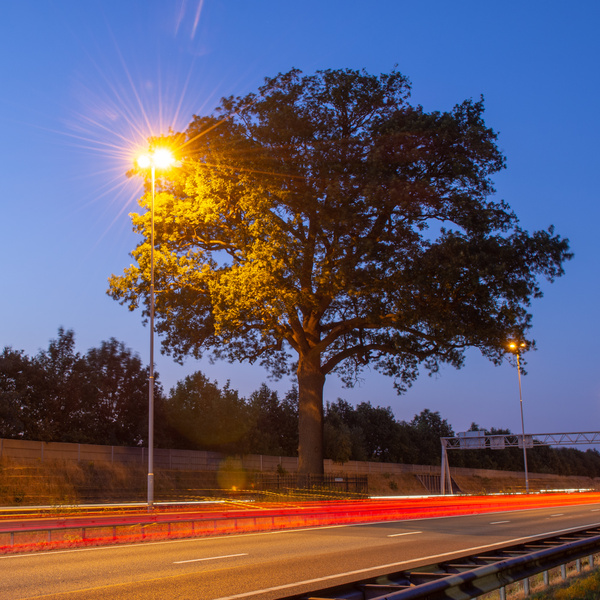
Trees and outdoor lighting
Trees and lamp posts are often placed alternately in a straight line. This often leads to problems. Three factors are important for determining the distance from a lamp post to a tree: 1. the branch-free stem up to where the crown begins; 2. the crown width; 3. the height of the light point.


